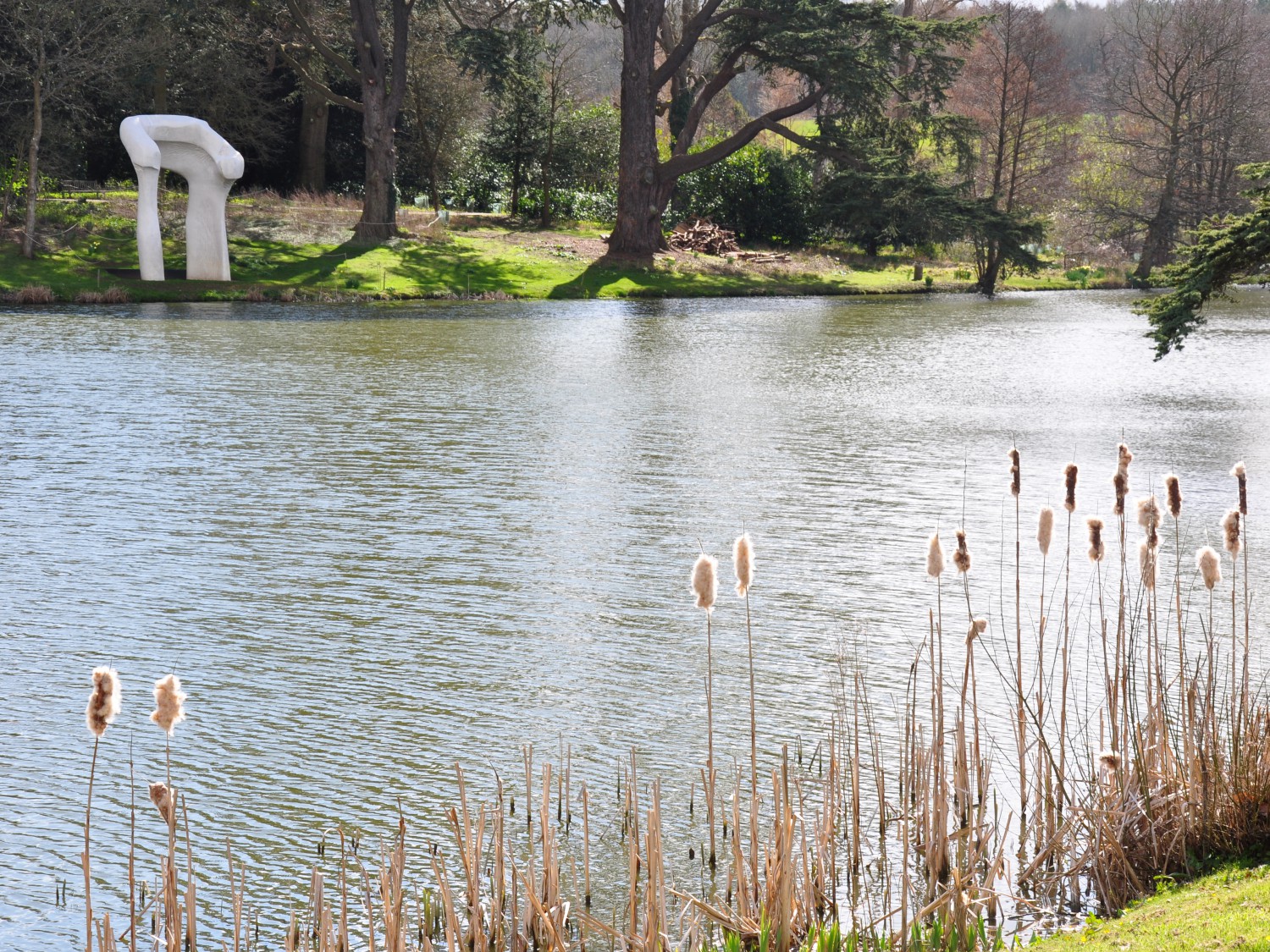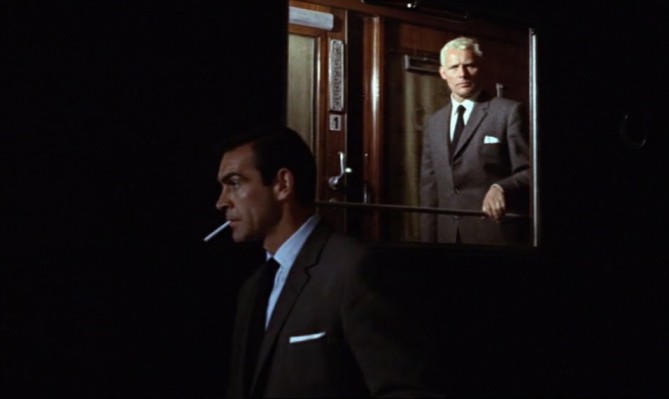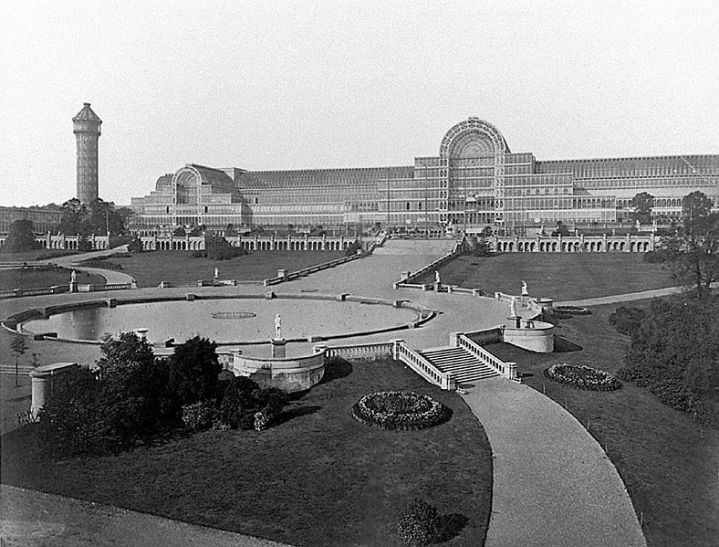I am definitely a late-comer to the current exhibition at the British Museum, Defining Beauty: the body in ancient Greek art, but I made time to go yesterday. The display draws heavily on the British Museum’s own (fantastic) collections, but the way the sculptures are displayed and the thematic organisation of the exhibition mean it’s definitely worth a visit. I was particularly impressed with the way the sculptures were lit. The walls of the Sainsbury Galleries were black, but careful spot-lighting meant you could really see the different surface textures, carved or modelled details and variations of colour in the marble and bronze statues. Seeing the Belvedere Torso, usually in the Vatican, having a face off (can you have a face off if you don’t have a head?) with Dionysus from the Parthenon makes for a pretty spectacular finish to the show. Shamefully, I have never been to Rome, so seeing the Belvedere Torso in the flesh and in three dimensions for the first time really enabled me to understand why sculptors such as Michelangelo and Rodin found the work so striking.
The Belvedere Torso, 1st Century B.C., marble. Museo Vatican. Saliko / Creative Commons / Public Domain
Being a drapery nerd, however, what really stood out for me was a display of Tanagra figures. These are tiny statues, usually depicting the female form and modelled in terracotta, but often painted too.
 Terracotta ‘Tanagra’ figure of a woman wearing a sunhat. Greek, 3rd Century BC. The British Museum / Public Domain
Terracotta ‘Tanagra’ figure of a woman wearing a sunhat. Greek, 3rd Century BC. The British Museum / Public Domain
Tanagra figures are named after the site in Boetia, in Greece, where they were discovered in large numbers in the 1870s. What appealed to me, but also to archaeologists, classicists and artists in the nineteenth century, is the way that Tanagra figures show variations of ancient Greek dress. In the image above we can see the female figure depicted wearing a thin chiton, underneath the thicker outer garment, the himation and also a sunhat to protect her complexion. The clothing would originally have been painted in bright colours, but even though the pigment has worn away it is still possible to study the patterns of the draped, twisted and folded fabric.
Many Tanagra figures were found in or near grave sites, but in the nineteenth century they became popular collector’s items and were displayed as decorative objects in the home. Heir to a Greek shipping company and friend to many of the Pre-Raphaelite and Aesthetic movement artists, Alecco Ionides assembled and displayed his own collection of Tanagra figures at 1 Holland Park, the house he inherited from his father Constantine Ionides.
 Alexander (Alecco) Ionides’ home, 1 Holland Park Image: http://www.christopherlong.co.uk/
Alexander (Alecco) Ionides’ home, 1 Holland Park Image: http://www.christopherlong.co.uk/
The Tanagra figures and their role in the decorative interior schemes of fashionable Victorian homes have piqued my interest and I’d love to do some more research on links between these miniature statues and the study of history of dress in the nineteenth century. But in the meantime, Defining Beauty is open until 5th of July at the British Museum, so you have some time to see them and a host of other amazing Greek sculptures for yourself.










